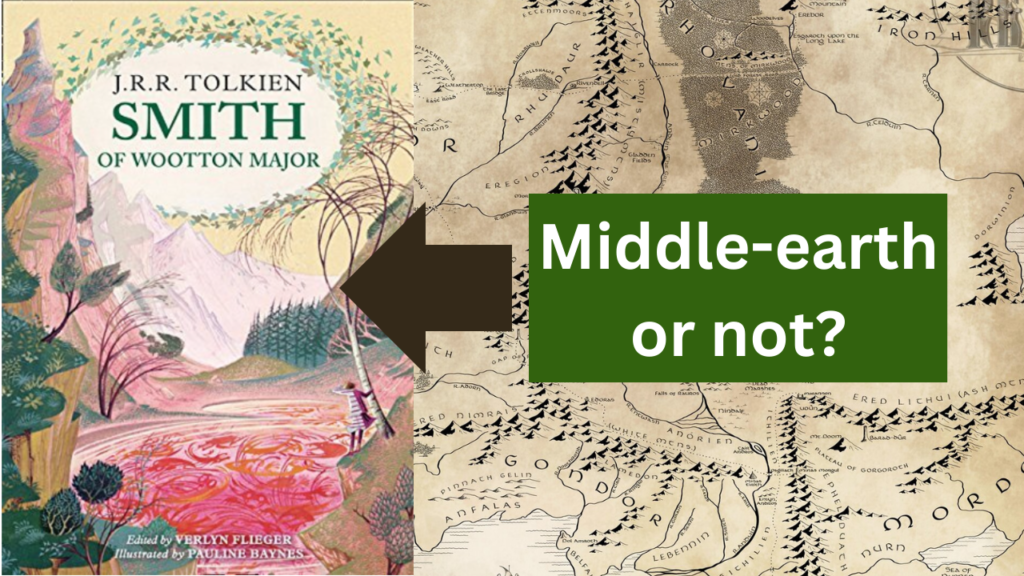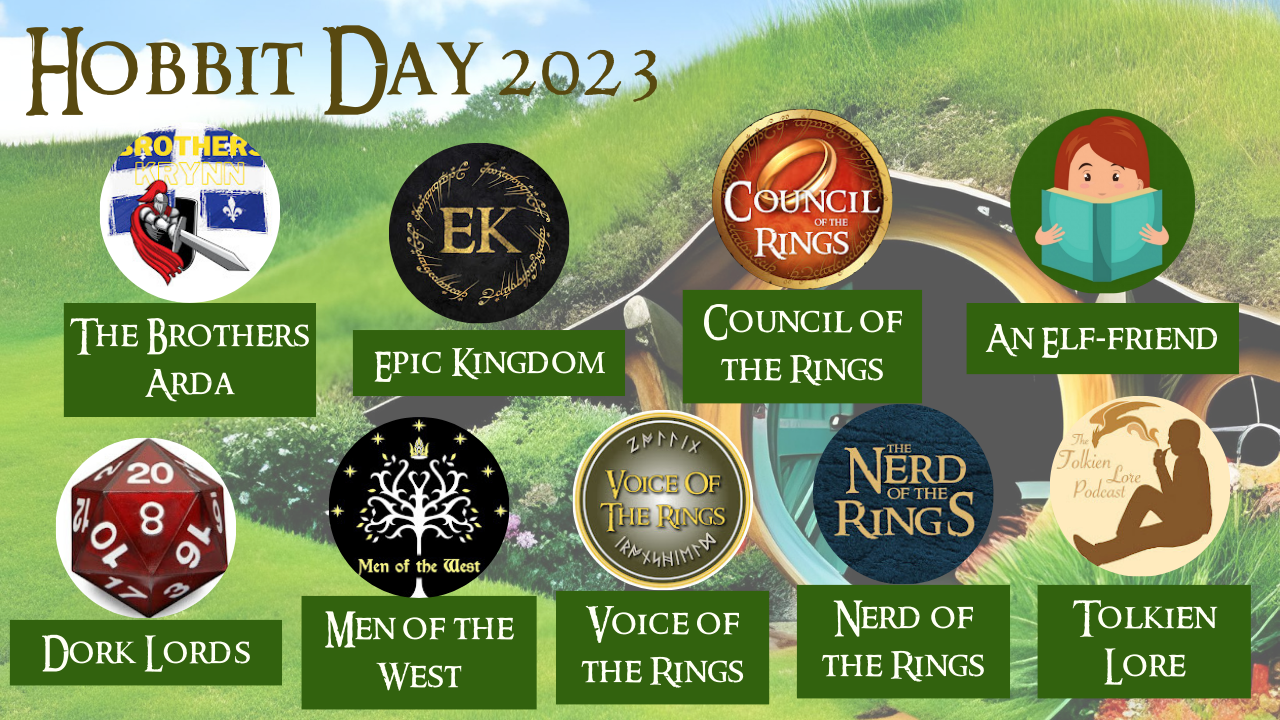In Tolkien’s letter # 309a, it is stated that this book (Smith of Wootton Major) that Tolkien sent a child, Philip Neal, “is not about the same time or country” as The Hobbit. We would know that it is not about The Hobbit, but it is unknown whether it would be based in Middle-earth or not.
However, the context may show that it is about a different period of time, perhaps much later – in a different location in Middle-earth, the main continent of Arda. It is also a possibility that it could take place in a world that is not in Middle-earth, but still within his realm of Arda. You will see that there are many comparable themes with Middle-earth, though both are possible conclusions: that it could be about an unknown period of time or it could just be purely a writing style of Tolkien’s and have nothing to do with Middle-earth at all.

What is it?
Smith of Wootton Major starts with a village – called Wootton Major – which was larger than Wootton Minor which is a few miles away under trees. While Wootton Major is not very large, it is prosperous, and a remarkable village with a fair number of people.
It had a large kitchen, with Master Cook being an important person. Master Cook did his best in the Twenty-Four Feast, with his specialty being the Great Cake, though quickly he announced he needed a holiday so he would leave and come back and seem rather changed. The major change was that he would come back with an Apprentice which would astonish the Village.
This adjoined the Great Hall, the largest and oldest building in the place and most beautiful, though there was only one festival in winter which all looked forward to particularly, which went on for a week with the Feast of Good Children occurring on the last day at sundown which not many were invited to.
Twenty-four Feast: Why is it being compared to The Hobbit?
It was starting to get close to the Twenty-Four Feast, which would occur in mid-winter. This could be comparable to Bilbo’s party in the first chapter of Fellowship of the Ring – but still with major differences.
The Cook would astonish everyone with yet another departure one spring, this time for good. Nokes, who they ended up appointing, was starting to think about a great cake. He was appointed after not being able to hire anyone else, though they figured poor cooking was better than none. It went well enough, as he did his best with Prentice there to help him though he was initially worried at first.
The cake must be different from the earlier cakes, coming from Faery, standing in the middle of the long table inside a ring of 24 red candles.
Though, the children looked at it with wide eyes, and one or two clapped their hands, crying: ‘Isn’t it pretty and fairy-like!’ That delighted the Cook, but the apprentice looked displeased. They were both present: the Master to cut up the Cake when the time came, and the apprentice to sharpen the knife and hand it to him.” (“Smith of Wootton Major”)
There would be twenty-four trinkets, one for each of them, if the Fairy Queen plays fair though she doesn’t always do so. However, the Cook would later reveal there to be 25, one being the little silver star, which was a fay-star.
One of the boys at the feast would swallow it without noticing, though he found a bright silver coin in his slice and given it to Nell, the little girl next to him since she was disappointed she didn’t find anything in hers. He later became well known in his country for his good workmanship and also since his father was a blacksmith, being the “best smith between Far Easton and the Westwood, and he could make all kinds of things of iron in his smithy,” and would go off on journeys, sometimes for business and sometimes not.
The years would not halt since, though on a later visit the smith would receive a summons and made a far journey, though later the Twenty-Four feast would come around with him singing songs. His wife was there, and the children – and Smith looked at them as they sang and danced, and Master Cook took his final leave.
Other Themes: Earlier Legendarium
One day, the smith saw the King’s Tree which he would never see again but often seek. He would first walk far without a guide discovering the further bounds of the land.
“…but great mountains rose before him, and going by long ways round about them he came at last to a desolate shore. He stood beside the Sea of Windless Storm where the blue waves like snow-clad hills roll silently out of Unlight to the long strand, bearing the white ships that return from battles on the Dark Marches of which men know nothing. He saw a great ship cast high upon the land, and the waters fell back in foam without a sound. The elven mariners were tall and terrible; their swords shone and their spears glinted and a piercing light was in their eyes.” (“Smith of Wootton Major”)
He would no longer go to that strand though he believed he was in an island, presumably Númenor, though it is not definite.
The smith never saw that Tree again though he later found a road through the Outer Mountains and went on until he saw the sound of bubbling waterfalls in the Inner Mountains and saw a young maiden in a kilted skirt and danced with her before later reuniting with his son – in which there is a possibility that it could refer to an elf-maiden – or one of the Valar or Maiar in The Silmarillion.


